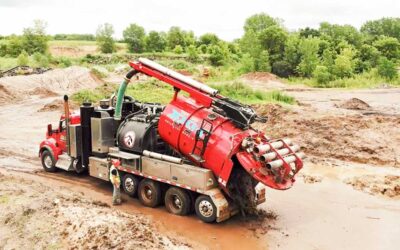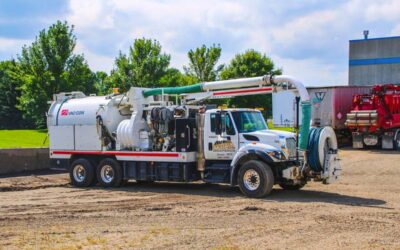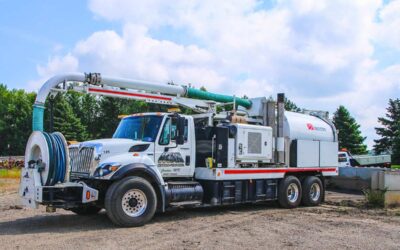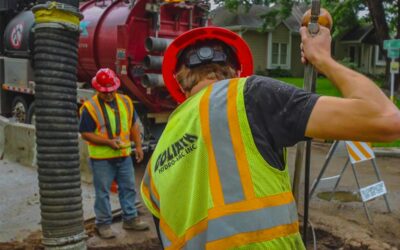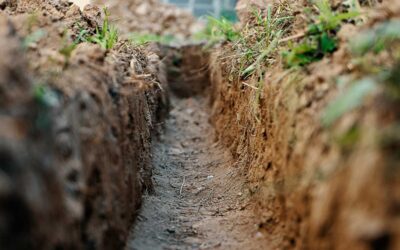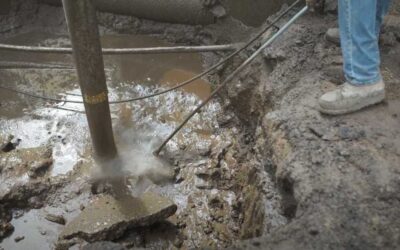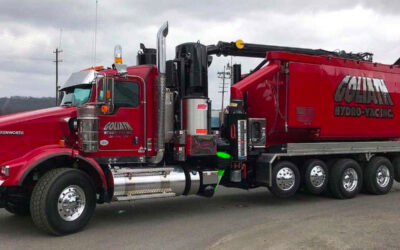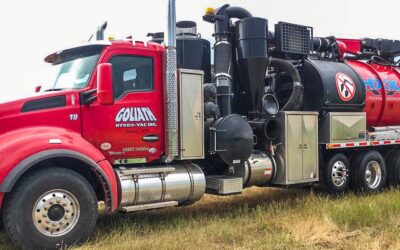What is Industrial Cleaning
What is Industrial Cleaning?
The importance of maintaining clean and sanitary manufacturing facilities cannot be overstated. From factories to warehouses, laboratories to processing plants, industrial cleaning plays a pivotal role in ensuring the safety, efficiency, and longevity of equipment and infrastructure.
Industrial cleaning refers to the systematic and specialized process of thoroughly cleaning and maintaining industrial facilities, equipment, and machinery. It encompasses a wide range of cleaning tasks, including the removal of dirt, dust, grease, grime, chemicals, and other contaminants that accumulate in industrial settings.
In this article, we will explore the significance of industrial cleaning, as well as the key principles and practices that support its effectiveness.
The Basics of Industrial Cleaning
Industrial cleaning lays the foundation for a well-maintained workspace. Understanding the specific cleaning needs of your industry is pivotal to maintaining a safe, efficient, and environmentally responsible workplace. Here are the basics of industrial cleaning:
Types of Industries Requiring Cleaning: Industrial cleaning is an essential practice that spans across a diverse array of industries, each with its unique cleaning needs. It is not just a necessity for many sectors, but a critical aspect of daily operations. Here are the primary industries where cleanliness is fundamental:
Manufacturing: Factories and production lines often deal with raw materials, assembly processes, and machinery that generate various contaminants, such as dust, metal shavings, and oils. Regular industrial cleaning in manufacturing ensures product quality, machinery longevity, and the safety of the workforce.
Chemical and Pharmaceutical: These sectors handle sensitive materials, where even minute contamination can have severe consequences. Industrial cleaning in these industries focuses on sterilization and the removal of chemical residues to meet strict quality and safety standards.
Energy and Utilities: Facilities in the energy and utilities sector (such as power plants, refineries, and water treatment plants) face unique challenges. The presence of hazardous substances, combustion byproducts, and corrosive materials demands thorough industrial cleaning.
Common Contaminants in Industrial Settings: Industrial settings have various contaminants that can compromise safety, equipment functionality, and product quality. Recognizing and addressing these contaminants is a crucial aspect of effective industrial cleaning. Here are the common contaminants in industrial settings:
Dust and Debris: Dust and debris can originate from manufacturing processes, construction activities, and outdoor elements. Accumulated dust not only affects air quality but can also damage sensitive equipment and compromise worker health.
Oil and Grease: In industries dealing with machinery and heavy equipment, oil and grease are common contaminants. These substances can lead to slip hazards, equipment malfunctions, and, if left unattended, can cause long-term corrosion and damage.
Chemical Residues: Industries like chemical manufacturing and laboratories often contend with chemical residues left on surfaces and equipment. These residues can be highly reactive, potentially leading to hazardous reactions if not properly cleaned and managed.
Regulatory Standards for Industrial Cleaning: Industrial cleaning is not a one-size-fits-all practice; it must adhere to stringent regulatory standards that vary by industry and location. Compliance with these standards is essential for the safety of workers, the environment, and overall operational efficiency. Here are the essential regulatory guidelines for industrial cleaning:
Compliance Requirements: Regulatory agencies, such as the Occupational Safety and Health Administration (OSHA) and the Environmental Protection Agency (EPA) in the United States, impose strict guidelines for industrial cleaning practices. These regulations encompass safety protocols, chemical usage, waste disposal, and protective equipment, ensuring that industrial cleaning is performed safely and responsibly.
Environmental Impact: Industrial cleaning activities can have a significant environmental impact. Regulatory standards often include measures to minimize pollution, control emissions, and manage hazardous waste properly. Sustainable and environmentally friendly cleaning methods are becoming increasingly important in meeting these standards.
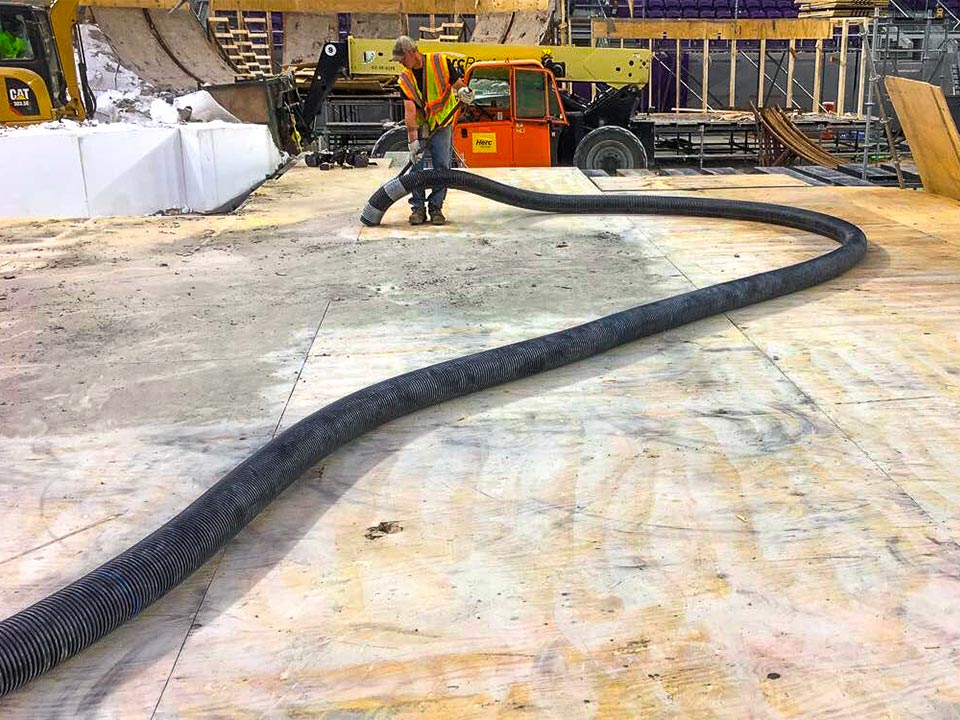
Key Components of Industrial Cleaning
Industrial cleaning relies on several key components to achieve thorough and effective results. By employing the right components, industrial facilities can maintain a healthy and productive environment while adhering to regulatory standards. Here are the essential elements that make up the core of industrial cleaning practices:
Cleaning Agents and Chemicals: Cleaning agents and chemicals are responsible for breaking down and removing various contaminants. These substances are chosen based on the type of contaminants, surfaces to be cleaned, and environmental considerations. Here are some categories of cleaning agents used in industrial settings:
Solvents: Solvents are effective at dissolving and removing greases, oils, and adhesive residues. They are commonly used in industrial cleaning to tackle stubborn contaminants. However, it’s important to use them with caution, as some solvents can pose health risks.
Detergents: Detergents are versatile cleaning agents that work well for general cleaning tasks. They are effective in emulsifying dirt and grime, making them easier to rinse away. Detergents are often used for routine cleaning in industrial facilities.
Degreasers: As the name suggests, degreasers are specialized cleaning agents designed to remove heavy accumulations of grease and oil. They are crucial in industries where machinery and equipment are prone to grease buildup.
Cleaning Equipment and Tools: Industrial cleaning requires specialized equipment and tools to efficiently and thoroughly clean large spaces and heavy machinery. The choice of equipment depends on the scale of the cleaning task and the type of contaminants being dealt with. Here are some important industrial cleaning tools and equipment:
Pressure Washers: Pressure washers use high-pressure water streams to dislodge and remove dirt, grime, and contaminants from surfaces. They are particularly useful for cleaning large areas, outdoor spaces, and heavy machinery.
Industrial Vacuum Cleaners: Industrial vacuum cleaners are designed to handle large volumes of debris, dust, and liquids. They are essential for maintaining clean and dust-free environments, especially in industries like manufacturing and construction.
Automated Cleaning Systems: Automated cleaning systems, such as conveyor belt washers or robotic cleaners, are employed to streamline and automate the cleaning process. These systems are efficient and can save both time and labor costs.
Personal Protective Equipment (PPE): PPE serves as a protective barrier against various risks, including chemical exposure, physical hazards, and respiratory dangers. By wearing appropriate PPE, workers can minimize the potential for injuries and health issues resulting from exposure to contaminants and harsh cleaning chemicals. Here are some common types of PPE used in industrial cleaning:
Protective Clothing: This includes coveralls, aprons, and gloves, which shield the body and skin from chemical splashes and physical abrasions.
Eye and Face Protection: Safety goggles and face shields protect the eyes and face from chemical splashes, dust, and debris.
Respiratory Protection: Masks and respirators filter out harmful airborne particles and fumes, ensuring clean air for breathing.
Footwear: Safety boots or shoes with slip-resistant soles protect the feet from falling objects and chemical spills.
Hearing Protection: Earplugs or earmuffs may be necessary in noisy industrial environments where loud equipment is in use.
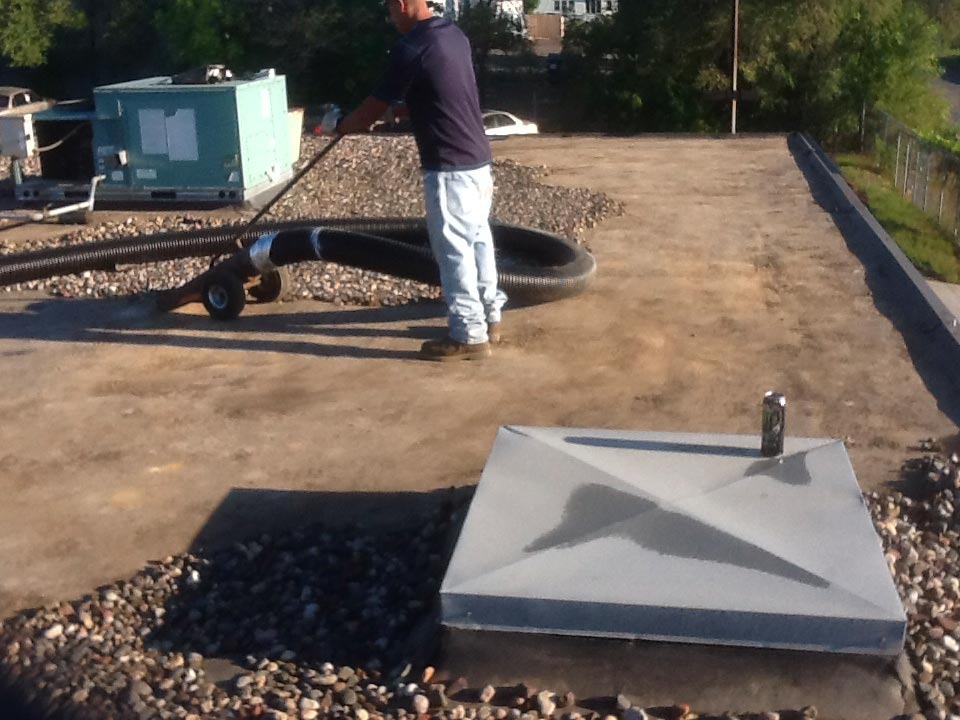
Benefits of Professional Industrial Cleaning Services
Achieving comprehensive and effective cleaning often requires the expertise of professional industrial cleaning services. Here are the benefits that professional industrial cleaning services offer:
Increased Equipment Longevity: Industrial facilities are often home to expensive and essential machinery, which can be affected by the accumulation of dirt, dust, grease, and other contaminants. Professional cleaners use specialized techniques and equipment to remove these contaminants, reducing wear and tear on your equipment.
Compliance with Industry Standards: Industrial operations are subject to a myriad of industry-specific regulations and standards designed to ensure the safety of workers, protect the environment, and maintain product quality. Professional industrial cleaning services are well-versed in these regulations and can help your facility remain compliant.
Enhanced Workplace Safety: Professional industrial cleaners have the knowledge and equipment to identify and address potential safety hazards effectively. By maintaining a clean and orderly workspace, you can significantly reduce the risk of workplace accidents, creating a safer environment for your employees.
Positive Impact on Product Quality: Contaminants and residue buildup can compromise the integrity of products, leading to defects and subpar quality. Professional cleaners ensure that production areas, equipment, and tools are free from contaminants, contributing to consistently high product quality.
Conclusion – What is Industrial Cleaning?
Industrial cleaning is not merely a task; it ensures that businesses can operate seamlessly and responsibly, and that workers can labor in environments that are not only productive but also safe and clean.
Goliath Hydrovac Inc. has been in the excavation industry for over 20 years. We are a trusted provider of hydrovac services throughout the midwest. Goliath Hydrovac Inc. is committed to providing exceptional excavation services tailored to your specific needs.
Contact us at 612-727-3444 today to learn more about how Goliath’s hydrovac excavation services can benefit your operation.
RELATED POSTS
Benefits of Industrial Cleaning
Industrial Cleaning Benefits Keeping a clean and secure environment goes beyond mere appearance; it's a vital...
What are the Key Components of Industrial Cleaning
Key Components of Industrial Cleaning Industrial cleaning refers to the specialized process of cleaning...
The Basics of Industrial Cleaning
The Basics of Industrial Cleaning Industrial cleaning is essential for the smooth and efficient operation of...
Trenching Safety
Trenching Safety Trenching is the process of digging deep and narrow excavations in the ground. The primary...
Types of Trench Excavation
Types of Trench Excavation Trenches are an essential aspect of excavation and construction projects, serving...
What is Trenching?
What is Trenching? Imagine for a moment the complex web of utilities that run beneath the surfaces of our...
Vacuum Excavator for Horizontal Drilling
Vacuum Excavation for Horizontal & Vertical Drilling Picture this: a drilling technique that doesn't rely...
Hydro Excavation Safety Tips and Procedures
Hydro Excavation Safety Tips Hydro excavation, a cutting-edge method of digging, harnesses the power of water...
Hydrovac Truck Winter Maintenance Tips: Keeping Your Fleet Ready for Cold Weather
Hydrovac Truck Winter Maintenance Tips Hydro-excavation trucks, also known as hydrovac trucks, utilize...
Monthly Preventive Maintenance for Vacuum Trucks
Monthly Service for Vacuum Truck Maintenance Vacuum trucks play a vital role in efficiently collecting and...

